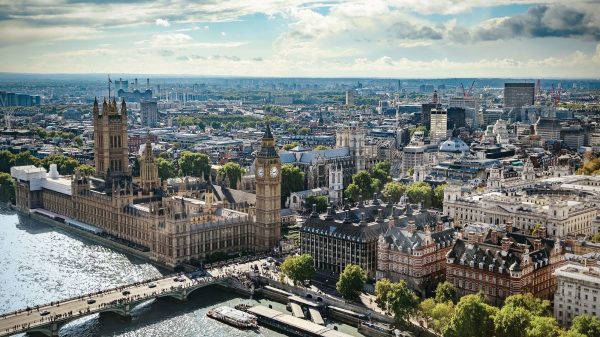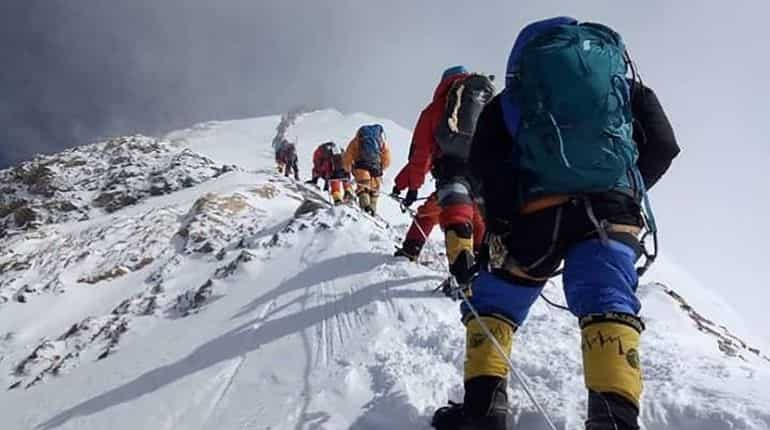Exploring Mount Everest via Tibet
Alpenglow Expeditions, led by Adrian Ballinger, a seasoned climber with eight successful Everest summits, is set to guide a group of climbers through the Tibet route this year. This marks a significant shift as China now allows foreign climbers to access Mount Everest via Tibet following the impact of the pandemic.
Preference for the Tibet Route
Adrian Ballinger and other guides have shown a preference for the Tibet route over the more well-known Nepal route. Climbing from the Chinese side of the mountain, known as Qomolangma in China, offers a unique and challenging experience for climbers.
Accessing the Chinese Route
All permits to use the Chinese route are now distributed by the China Tibet Mountaineering Association (CTMA), a change from previous practices. The CTMA handles the logistics of the climb, including organizing yaks to carry gear, providing local guides and translators, and arranging transport from Lhasa to Everest Base Camp.
Visa Requirements
Foreign climbers planning to ascend Mount Everest from the Tibet side must obtain a separate visa for Tibet, in addition to their tourist visa for China. Tibet, as a semi-autonomous region, has its own entry requirements for visitors.
Climbing Season and Logistics
The climbing season for Mount Everest typically falls between late April and mid-May. Ballinger’s team will arrive in China on April 25, having pre-acclimatized at home to optimize their time on the mountain.
Ballinger reflects on the historical popularity of the Chinese side, noting that it was once considered safer and more prestigious than the Nepali side. However, the dynamics changed after the closure of the mountain during the 2008 Beijing Summer Olympics, leading to a shift in business towards the Nepali side.
This new opportunity to climb Mount Everest via Tibet opens up exciting possibilities for foreign climbers seeking a unique and challenging experience on the world’s tallest mountain.
















































